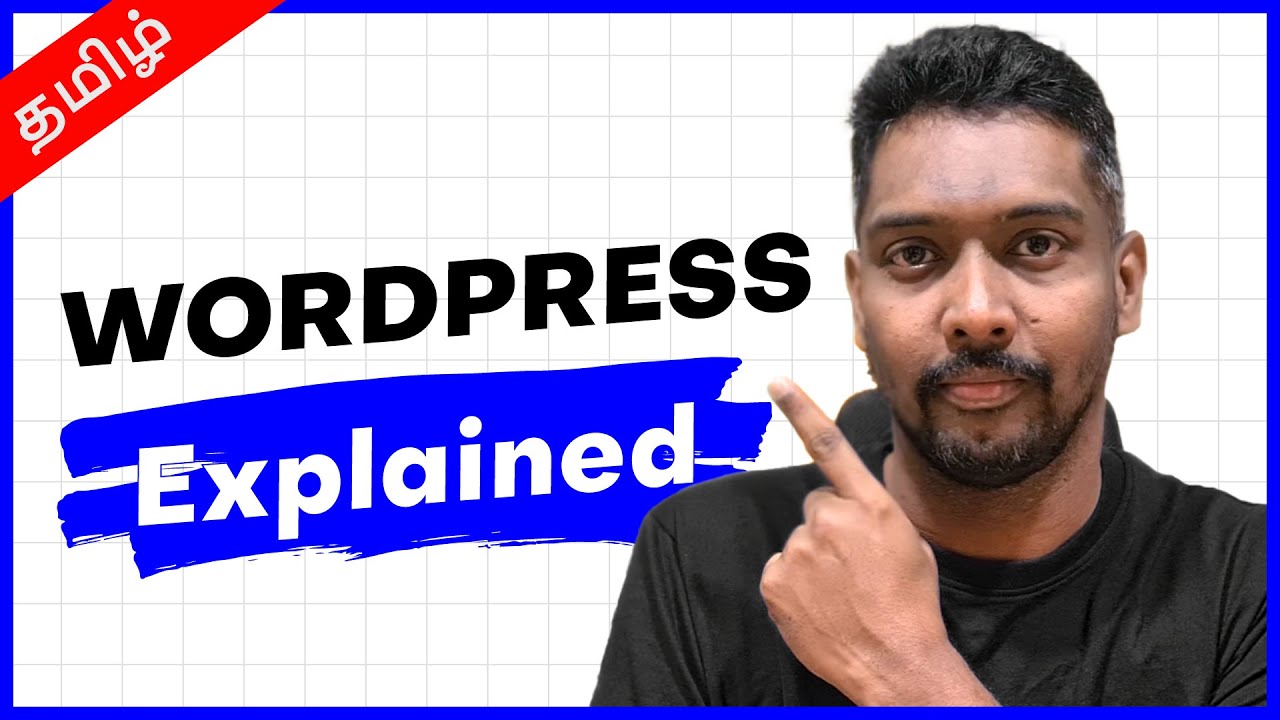Blog
WordPress Explained in 5 Minutes

Understanding WordPress: The Swiss Army Knife of Website Building
In today’s digital-first world, establishing an online presence is non-negotiable for individuals, businesses, and organizations. Amid countless platforms vying for attention, one name consistently stands out: WordPress. But what makes this tool a go-to solution for over 40% of all websites? Let’s break down its mechanics, versatility, and enduring relevance.
What Is WordPress? Breaking Down the Basics
At its core, WordPress is an open-source content management system (CMS) designed to simplify website creation and management. Launched in 2003 as a humble blogging tool, it has evolved into a full-fledged platform powering everything from personal blogs to Fortune 500 company websites.
Key characteristics define WordPress:
- Open-source nature: Free to use, modify, and distribute.
- User-friendly interface: No coding expertise required for basic operations.
- Scalability: Supports sites with 10 pages or 10,000+ pages.
- Flexibility: Adaptable to diverse industries, from e-commerce to education.
Unlike proprietary website builders, WordPress offers unparalleled control over design, functionality, and data ownership.
How WordPress Works: A Peek Under the Hood
WordPress operates on a combination of PHP scripting and MySQL databases, but users rarely interact with these technical elements. Instead, they engage with two primary components:
1. The Dashboard: Your Website’s Control Center
The intuitive admin panel lets users:
- Publish and edit blog posts or pages
- Install themes and plugins
- Manage user roles (e.g., authors, editors, admins)
- Monitor site analytics and comments
2. Themes and Plugins: The Building Blocks
- Themes: Control visual design and layout. Thousands of free/premium options cater to niches like photography, consulting, or online stores.
- Plugins: Add features like contact forms, SEO tools, or security enhancements. Over 60,000 plugins exist in the official directory alone.
WordPress.org vs. WordPress.com: Clearing the Confusion
A common point of confusion is the difference between WordPress’ two incarnations:
| WordPress.org | WordPress.com |
|---|---|
| Self-hosted (you choose your hosting provider) | Hosted on WordPress servers |
| Full access to themes/plugins | Limited plugin support |
| Requires domain/hosting purchase | Free subdomain or paid custom domain |
| Ideal for businesses/custom sites | Best for casual bloggers |
For most professional applications, WordPress.org offers greater flexibility and long-term growth potential.
Why Businesses and Creators Choose WordPress
Cost-Effectiveness
While premium themes/plugins involve costs, WordPress itself is free. Comparatively, custom-coded websites or proprietary platforms often come with hefty price tags or subscription fees.
SEO-Ready Architecture
Search engine optimization (SEO) is baked into WordPress:
- Clean, crawlable code structure
- Built-in features like customizable permalinks
- Integration with tools like Yoast SEO for content optimization
Mobile Responsiveness
Modern WordPress themes automatically adapt to smartphones and tablets—a non-negotiable feature given that mobile devices drive over 50% of global web traffic.
Robust Security
Contrary to myths about WordPress vulnerabilities, the platform is highly secure when maintained properly. Regular updates, trusted plugins, and practices like two-factor authentication mitigate risks.
Customization Capabilities: Beyond the Basics
WordPress’ true power lies in its adaptability. Let’s explore advanced use cases:
E-Commerce
Plugins like WooCommerce transform WordPress into a shopping platform capable of managing inventory, payments, and shipping. It powers 28% of all online stores.
Membership Sites
Restrict content to subscribers, offer paid courses, or build communities using plugins like MemberPress or LearnDash.
Multilingual Websites
With tools like WPML, create Spanish, French, or Mandarin versions of your site without duplicating content.
Portfolio Showcases
Photographers, designers, and artists leverage portfolio-centric themes to display work dynamically.
Debunking 3 Common WordPress Myths
1. “WordPress Is Only for Blogs”
While blogging remains a strength, WordPress’ plugin ecosystem enables functions like appointment booking, forums, and event calendars.
2. “It’s Not Secure”
Security breaches often stem from outdated installations or poorly coded plugins. With routine maintenance, WordPress is as secure as any leading platform.
3. “You Need Coding Skills”
Drag-and-drop page builders like Elementor allow complete novices to design professional sites visually.
Getting Started: Your First WordPress Site in 6 Steps
- Choose a Domain Name: Opt for a memorable, brandable name (e.g., yourbusiness.com).
- Select a Hosting Provider: Popular choices include Bluehost, SiteGround, or WP Engine.
- Install WordPress: Most hosts offer one-click installations.
- Pick a Theme: Start with a lightweight, responsive theme like Astra or GeneratePress.
- Add Essential Plugins: Install staples like SEO tools, security plugins, and a caching system.
- Create Content: Begin publishing pages (About, Contact) and blog posts.
Pro Tip: Use staging sites to test changes before making them live.
The Future of WordPress: Trends to Watch
WordPress continually adapts to tech advancements. Key developments include:
- Full Site Editing (FSE): The Gutenberg block editor now allows end-to-end site customization.
- Headless WordPress: Developers increasingly use WordPress as a backend while pairing it with frontend frameworks like React.
- AI Integration: Plugins like AI Engine automate tasks like content generation and customer support.
Final Thoughts: Why WordPress Remains Unbeatable
WordPress democratizes web development, empowering users with varying skill levels to create tailored online experiences. Its open-source ethos fosters innovation, evident in its ever-expanding plugin library and global community. Whether you’re launching a startup’s website, a hobby blog, or a multinational corporation’s portal, WordPress scales with your ambitions while keeping costs manageable.
As the digital landscape evolves, WordPress’ commitment to accessibility, flexibility, and user-centric design ensures its position as the CMS of choice for the foreseeable future. The question isn’t whether WordPress can meet your needs—it’s how creatively you’ll use its tools to build something extraordinary.

